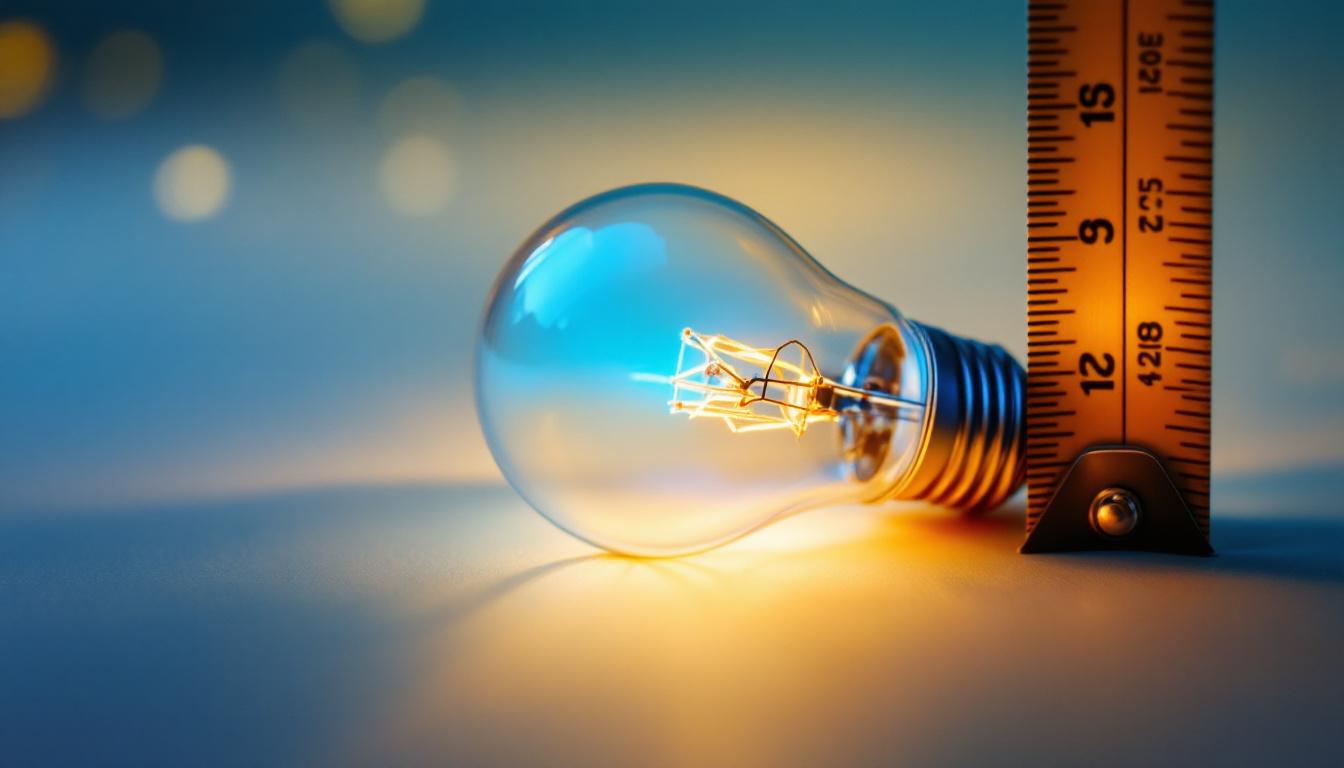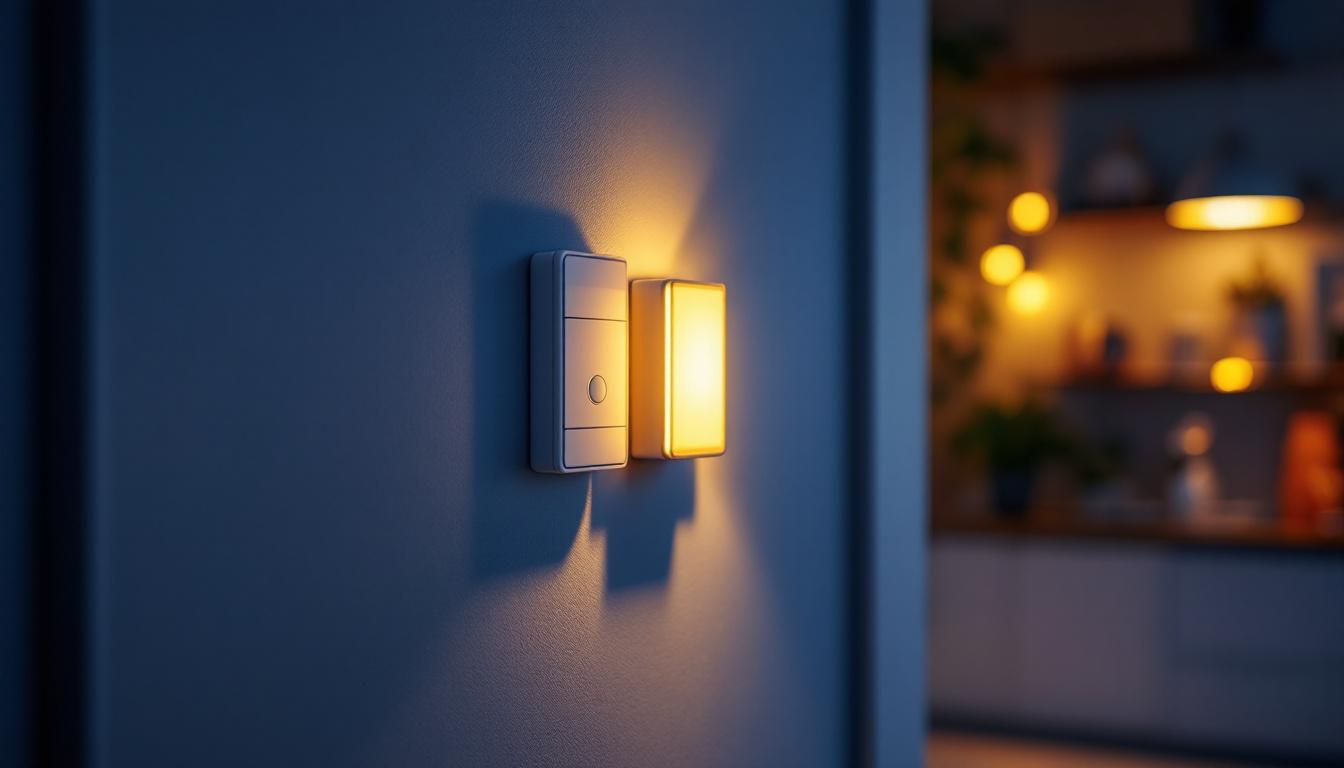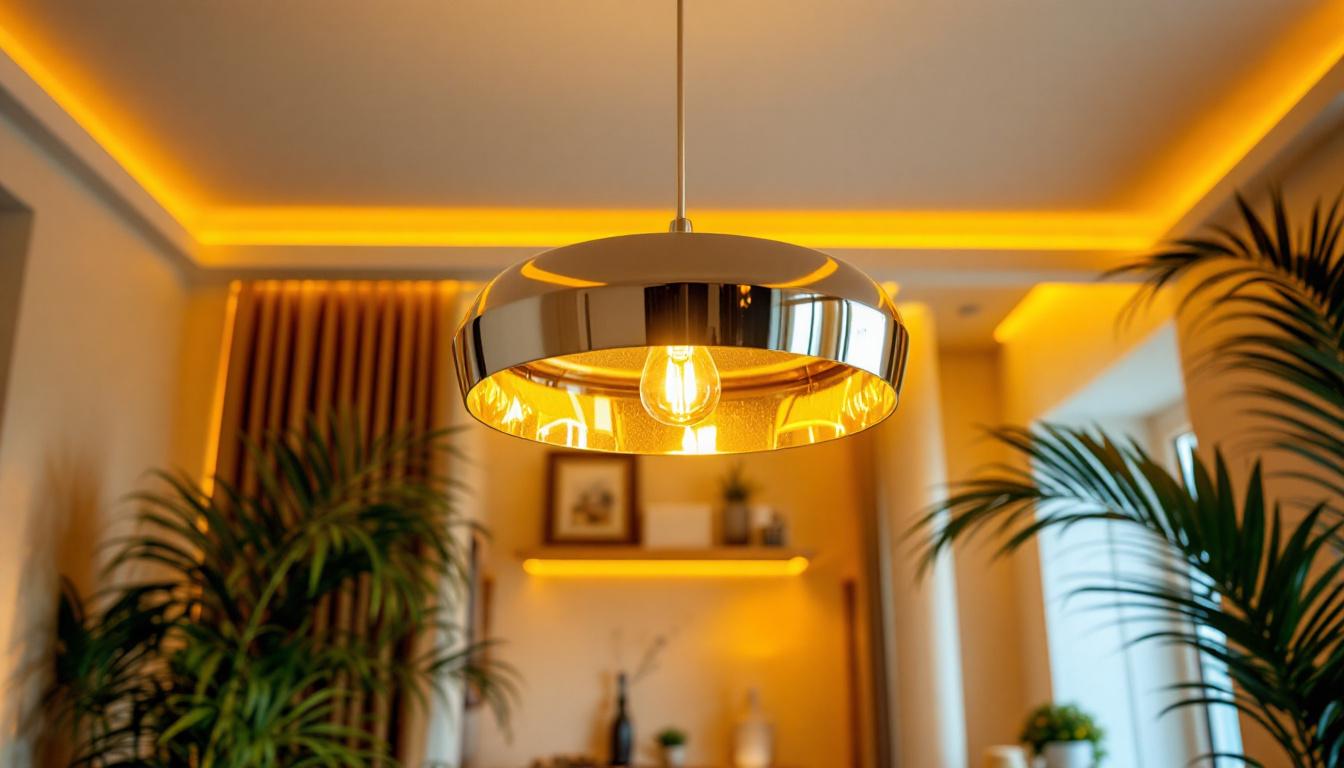
Recessed lighting has become a staple in modern design, particularly in commercial and residential settings with drop ceilings. For lighting contractors, understanding the nuances of installing recessed lighting in these environments is essential for delivering quality results that meet client expectations. This article delves into proven methods and best practices for effectively implementing recessed lighting in drop ceilings, ensuring a seamless integration of functionality and aesthetics.
Drop ceilings, also known as suspended ceilings, consist of a grid system that holds lightweight panels. This design allows for easy access to plumbing, electrical wiring, and HVAC systems, making them a popular choice in offices, schools, and retail spaces. However, the unique structure of drop ceilings presents specific challenges when it comes to recessed lighting installation.
Before diving into installation methods, it’s crucial to understand the components of drop ceilings. The grid system typically includes main runners, cross tees, and ceiling tiles. The grid’s height can vary, which may influence the type of recessed lighting fixtures suitable for the space. Knowing these components helps contractors plan the installation effectively. Additionally, the choice of ceiling tiles can significantly impact both the acoustics and aesthetics of a room. For instance, acoustic tiles are designed to absorb sound, making them ideal for spaces where noise reduction is a priority, such as classrooms or conference rooms. On the other hand, decorative tiles can add a touch of elegance or style, transforming a mundane ceiling into a focal point of the design.
Recessed lighting offers numerous advantages for drop ceilings. Primarily, it provides a clean and modern look, enhancing the overall aesthetics of a space. Additionally, recessed fixtures can be strategically placed to highlight specific areas, improve visibility, and create an inviting atmosphere. Moreover, they can save space, making them ideal for environments where headroom is limited. The versatility of recessed lighting also allows for various bulb types, including LED options that offer energy efficiency and longevity. This not only reduces energy costs but also minimizes the frequency of bulb replacements, which is particularly beneficial in commercial settings where maintenance can be disruptive. Furthermore, the ability to dim recessed lights adds an extra layer of functionality, allowing users to adjust the ambiance according to the time of day or specific activities, such as presentations or social gatherings.
Successful installation of recessed lighting in drop ceilings begins with meticulous planning. This phase involves assessing the space, determining the lighting needs, and selecting appropriate fixtures.
Contractors should start by evaluating the dimensions of the room, the height of the drop ceiling, and the existing lighting conditions. Understanding how natural light enters the space can also influence decisions regarding the type and placement of recessed fixtures. This assessment helps in creating a lighting plan that meets both functional and aesthetic requirements. Additionally, it’s important to consider any architectural features or furniture layouts that may affect light distribution. For example, large furniture pieces can cast shadows, necessitating additional fixtures or adjustments to the lighting plan to ensure even illumination throughout the room.
Each space has unique lighting needs based on its purpose. For instance, a conference room may require bright, focused lighting for presentations, while a lounge area may benefit from softer, ambient lighting. Engaging with clients to understand their preferences and requirements is crucial. This collaboration ensures that the lighting plan aligns with their vision. Furthermore, it can be beneficial to incorporate dimmable options or smart lighting systems that allow users to adjust brightness levels according to different activities or times of day. This flexibility not only enhances the functionality of the space but also contributes to energy savings over time.
Choosing the right recessed lighting fixtures is vital for achieving the desired effect. Factors to consider include the size of the fixtures, their brightness (measured in lumens), and their energy efficiency. LED fixtures are increasingly popular due to their longevity and low energy consumption. Additionally, the color temperature of the bulbs can significantly impact the mood of the space, so selecting the appropriate hue is essential. When selecting fixtures, it’s also wise to consider the trim styles available, as these can further influence the overall aesthetic. Options range from sleek and modern to more traditional styles, allowing for a cohesive integration with the existing decor. Moreover, ensuring that the fixtures are compatible with the ceiling material and insulation is crucial for both safety and performance, as improper installation can lead to overheating or reduced efficiency.
Once the planning phase is complete, contractors can move on to the installation of recessed lighting in drop ceilings. This process requires precision and adherence to safety standards to ensure a successful outcome.
Before installation, it is important to prepare the drop ceiling. This may involve removing existing tiles or adjusting the grid to accommodate new fixtures. Contractors should ensure that the ceiling is structurally sound and that there is adequate space for wiring and fixtures. Proper preparation sets the stage for a smooth installation process.
Wiring is a critical aspect of recessed lighting installation. Contractors must adhere to local electrical codes and regulations. This typically involves running electrical wires through the ceiling grid, ensuring they are secured and protected from potential damage. Using wire connectors and junction boxes is essential for safety and compliance.
With the ceiling prepared and wiring in place, contractors can proceed to install the recessed fixtures. This process generally involves cutting holes in the ceiling tiles, ensuring they are the correct size for the fixtures being used. It is crucial to maintain consistent spacing between fixtures to achieve an even distribution of light. Once the fixtures are secured in place, they can be connected to the electrical wiring.
After the installation is complete, testing the recessed lighting system is a vital step. This process ensures that all fixtures are functioning correctly and that the lighting meets the desired specifications.
Contractors should conduct a thorough light test to evaluate the brightness and coverage of the installed fixtures. This involves turning on the lights and assessing the overall illumination of the space. If certain areas appear dim or overly bright, adjustments may be necessary. This could involve repositioning fixtures or changing the type of bulbs used.
Once the testing phase is complete, it is beneficial to conduct a walkthrough with the client. This allows contractors to demonstrate the functionality of the lighting system and address any concerns the client may have. Feedback during this phase is invaluable, as it can lead to further refinements or adjustments to meet the client’s expectations fully.
Recessed lighting systems require regular maintenance to ensure longevity and optimal performance. Educating clients on proper upkeep can enhance their satisfaction with the installation.
Encourage clients to conduct regular inspections of their recessed lighting fixtures. This includes checking for any flickering lights, unusual sounds, or signs of wear. Early detection of issues can prevent more significant problems down the line.
Dust and debris can accumulate on recessed lighting fixtures, affecting their brightness and efficiency. Clients should be advised to clean the fixtures regularly, using a soft cloth to avoid scratching the surface. This simple maintenance task can significantly enhance the performance of the lighting system.
While installing recessed lighting in drop ceilings can be straightforward, several challenges may arise. Being prepared to address these issues can enhance a contractor’s reputation and client satisfaction.
In some cases, the space above a drop ceiling may be limited, making it difficult to install recessed fixtures. Contractors can overcome this challenge by using low-profile fixtures designed specifically for tight spaces. These fixtures often have a shallower housing, allowing for installation in areas with minimal clearance.
Ensuring compliance with local electrical codes can be a complex task, especially in commercial settings. Contractors should stay informed about the latest regulations and best practices. Consulting with local authorities or experienced electricians can provide valuable insights and help avoid costly mistakes.
The lighting industry is continually evolving, with new trends emerging that can enhance the functionality and aesthetic appeal of recessed lighting in drop ceilings.
Smart lighting technology has gained popularity in recent years, allowing users to control their lighting systems via mobile apps or voice commands. Integrating smart recessed lighting into drop ceilings can offer clients greater flexibility and customization, enabling them to adjust brightness levels and color temperatures to suit their preferences.
As sustainability becomes a priority for many clients, energy-efficient lighting options are increasingly sought after. LED recessed lights not only consume less energy but also have a longer lifespan compared to traditional incandescent bulbs. Promoting these energy-efficient solutions can attract environmentally conscious clients and contribute to a contractor’s reputation for sustainability.
Recessed lighting in drop ceilings presents unique opportunities and challenges for lighting contractors. By understanding the intricacies of drop ceilings, planning installations meticulously, and embracing innovative trends, contractors can deliver exceptional results that enhance both functionality and aesthetics. With the right techniques and a commitment to quality, recessed lighting can transform spaces and exceed client expectations.
As the demand for recessed lighting continues to grow, staying informed about best practices and emerging trends will empower lighting contractors to excel in their field. By implementing the proven methods outlined in this article, contractors can ensure successful installations that illuminate spaces beautifully and efficiently.
Ready to elevate your lighting projects with the highest quality recessed lighting solutions? Look no further than LumenWholesale. Our extensive selection of spec-grade lighting products is designed to meet the rigorous demands of any drop ceiling installation. With unbeatable wholesale prices and the convenience of free shipping on bulk orders, you can trust LumenWholesale to provide the best value for your lighting needs. Say goodbye to inflated markups and hidden fees, and experience the perfect blend of quality, affordability, and convenience. Visit LumenWholesale today to find everything you need to illuminate your spaces beautifully and efficiently.

Discover how understanding the A19 bulb diameter can enhance your lighting project efficiency.

Discover everything lighting contractors need to know about motion detector switches for LED lights, including compliance tips, benefits, and industry insights—boost your projects today!.

Discover essential compliance guidelines for solar LED lamp post lights in this informative article.

Illuminate your space with style using our comprehensive guide on silver ceiling lamps.